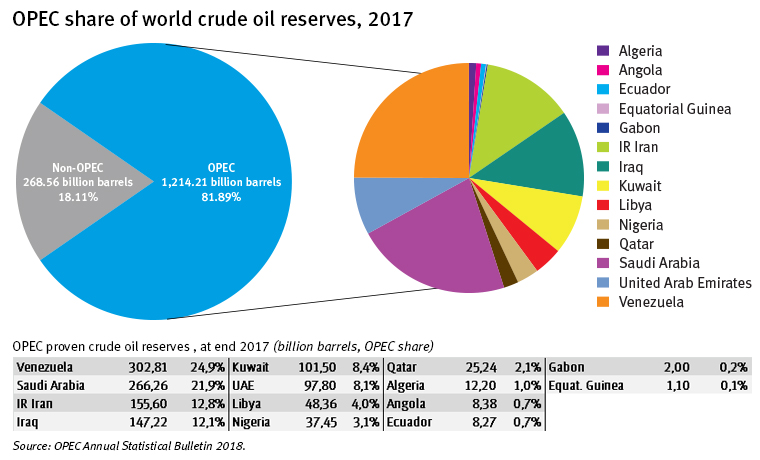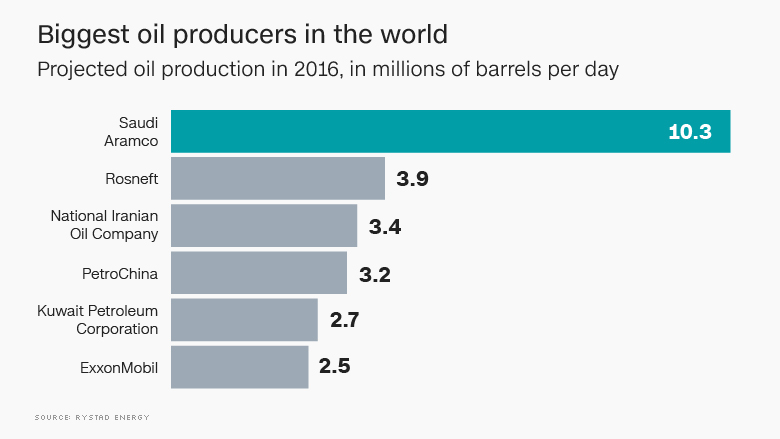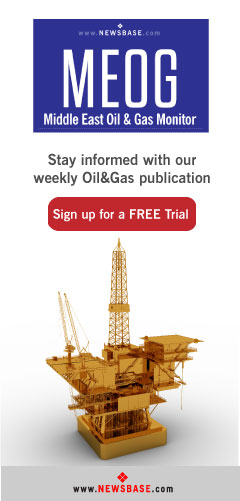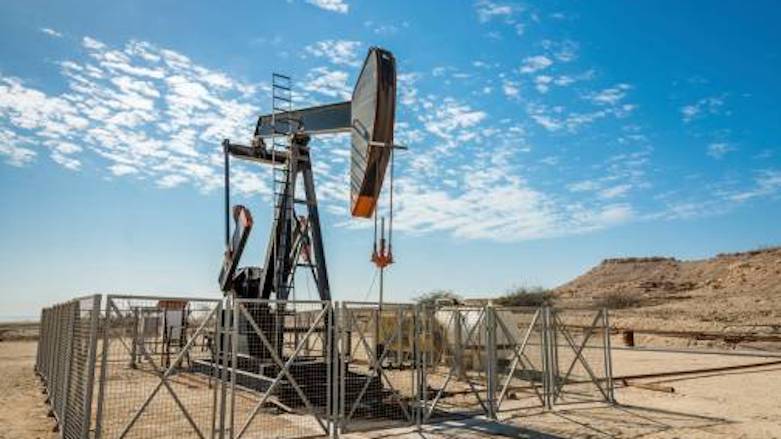Shares in DNO ASA, the Norwegian oil and gas operator, were trading up five percent on Monday afternoon following the company’s announcemnt that it has replaced 2018 production through additions to reserves, marking the second consecutive year in which the Company’s replacement of proven reserves reached or exceeded 100 percent of production.
“DNO’s stellar record of reserves replacement through the drill bit is a result of stepped up spending on our portfolio of quality assets coupled with rapid-fire execution,” said Bijan Mossavar-Rahmani, DNO’s Executive Chairman. “And the barrels we continue to add are among the lowest cost in the industry, anywhere,” he expounded.
Yearend 2018 Company Working Interest (CWI) proven (1P) reserves stood at 240 million barrels of oil (MMbbls), unchanged from yearend 2017 after adjusting for production and technical revisions. On a CWI proven and probable (2P) reserves basis, DNO replaced 98 percent of its 2018 production, exiting the year with CWI 2P reserves of 376 MMbbls (384 MMbbls in 2017).
At 2018 production rates, DNO’s 1P reserves life is 8.2 years and its 2P reserves life is 12.9 years.
Significantly, the Company’s 1P reserves replacement ratio (RRR) has reached or exceeded 100 percent in eight of the past ten years.
On a gross basis, at the Tawke license in the Kurdistan region of Iraq containing the Tawke and Peshkabir fields, yearend 2018 1P reserves stood at 348 MMbbls, unchanged from 2017 after adjusting for production of 41 MMbbls and upward technical revisions of 41 MMbbls. Tawke license 2P reserves stood at 502 MMbbls (513 MMbbls in 2017) and proven, probable and possible (3P) reserves at 697 MMbbls (880 MMbbls in 2017).
Broken down by field, Tawke field gross 1P reserves stood at 294 MMbbls (335 MMbbls in 2017), 2P reserves at 376 MMbbls (438 MMbbls in 2017) and 3P reserves at 477 MMbbls (588 MMbbls in 2017). Peshkabir field gross 1P reserves stood 54 MMbbls (13 MMbbls in 2017), 2P reserves at 126 MMbbls (75 MMbbls in 2017) and 3P reserves at 220 MMbbls (292 MMbbls in 2017).
International petroleum consultants DeGolyer and MacNaughton carried out the annual independent assessment of the Tawke license. The Company internally assessed the remaining licenses in its portfolio.
The 2018 Annual Statement of Reserves and Resources, prepared and published in accordance with Oslo Stock Exchange listing and disclosure requirements (Circular No. 1/2013), is attached and is also available on the Company’s website at www.dno.no.
(Sources: DNO, Yahoo!)




